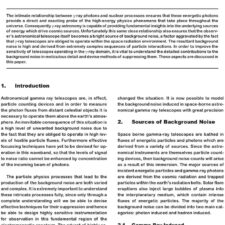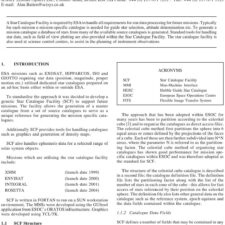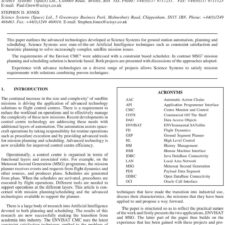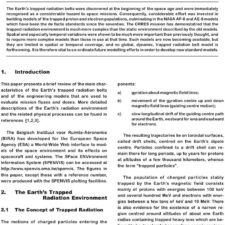Future Rendezvous and Docking Missions Enabled by Low-Cost but Safety Compliant Guidance Navigation and Control (GNC) Architectures
£5.00
S. Eckersley et al. (2018), JBIS, 71, pp.323-347
Refcode: 2018.71.323
Keywords: Rendezvous and Docking, GNC, Mission Analysis
Abstract:
Proximity flight systems for rendezvous-and-docking are traditionally the domain of large, costly institutional manned missions, which require extremely robust and expensive Guidance Navigation and Control (GNC) solutions. By developing a low-cost and safety compliant GNC architecture and design methodology, low cost GNC solutions needed for future missions with proximity flight phases will have reduced development risk, and more rapid development schedules. This will enable a plethora of on-orbit services to be realised using low cost satellite technologies, and lower the cost of the services to a point where they can be offered to commercial as well as institutional entities and thereby dramatically grow the market for on-orbit construction, in-orbit servicing and active debris removal. The forthcoming AAReST mission, will demonstrate some key aspects of low cost close proximity “co-operative” rendezvous and docking. However this is only a very small scale academic mission demonstration using cubesat technology, and is limited to very close range demonstrations. A study has examined the industrialisation of this existing research, culminating in a representative model that can be used to develop low-cost GNC solutions for many different mission applications that involve proximity activities, such as formation flying, and rendezvous and docking. The final results show that such a GNC model and mission demonstrator is feasible, and in line with anticipated UK regulatory constraints that may apply to the mission.





